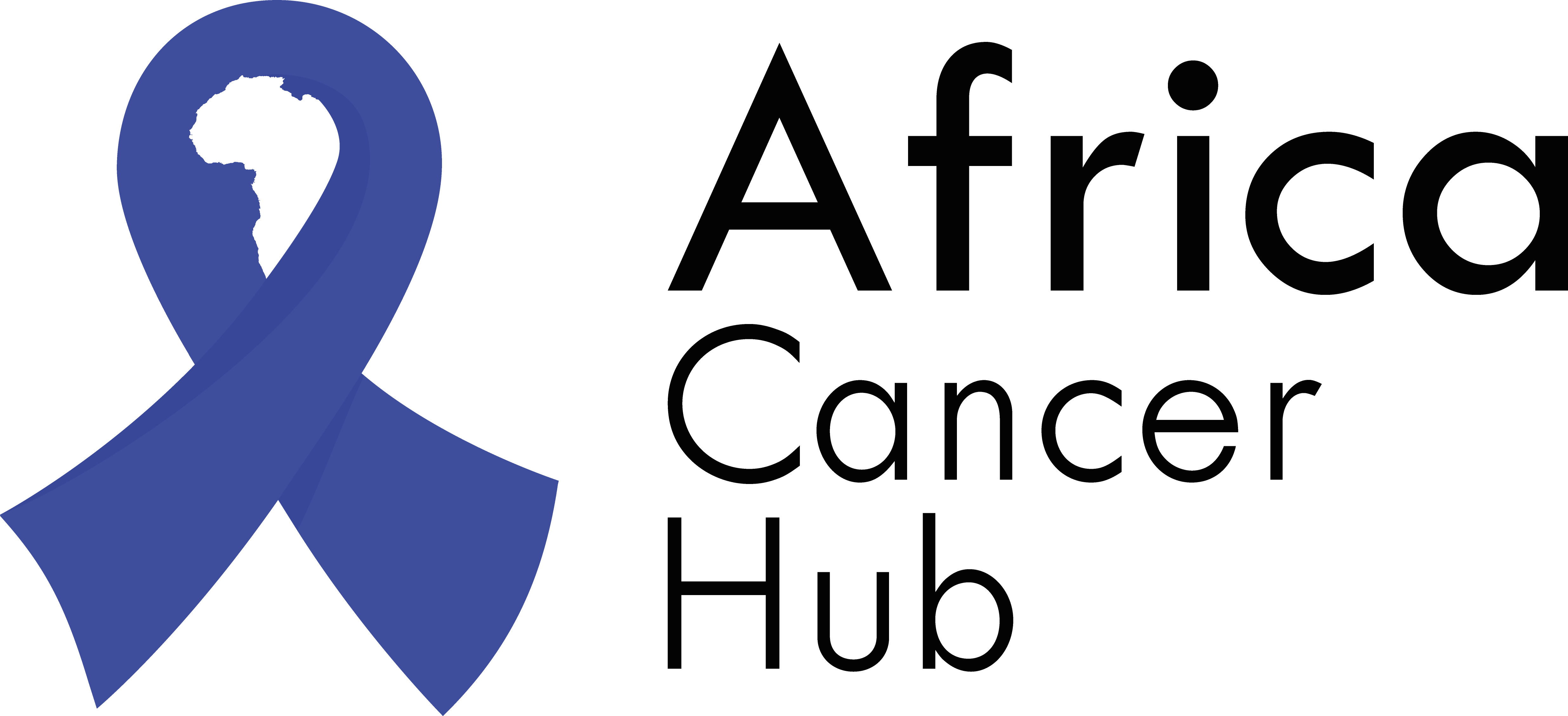Cancer is a wide-ranging term, which describes the results of cellular change leading to uncontrolled division and growth of body cells.
This happens when old or damaged cells which are meant to die become abnormal and start mutating uncontrollably.
Cell death or apoptosis is a natural process in the human body. It causes the death of body cells with time. As the old cell dies, the body replaces it with the new one. In the case of cancers, the body cannot instruct the cells to stop functioning or die after time. These cells keep on growing and dividing uncontrollably.
As a result of this irregular division, these cells start building up in the body. The necessary nutrients and oxygen for healthy cells deviate from cancerous cells. These cells then impair the immune system, and affect the healthy body functioning.
Some cancer cells tend to grow and divide rapidly, while other types of cancer cells grow at a relatively slow speed. These cancer cells may also form a lump of tissue called a tumour or build up in the blood. Example of blood cancers are Leukamia, Myeloma, Lymphoma. Also note that not all tumours are cancerous; some are benign and they do not invade surrounding organs or issues.
According to WHO, cancer risk and rates are more in countries with low to middle incomes as Africa. The most common cancers in Africa are Breast and Cervical Cancers (among women) while African men most commonly suffer from prostate and liver cancer.
There are two different types of cancer. Primary cancer is defines as the original location where the cancer started. From the primary site, these cells can break away and invade other body tissues or organs. If these cells escape the tissue membranes and gather in the form of tumours, they become secondary cancers. Secondary cancer usually refers to metastasis (spread of cancer from one site to another).
Categories of Cancer
Cancer can be classified according to the following:
Carcinomas
These are the most common types of cancer. They begin in the skin or epithelial tissues that line the internal organs. There are different types of epithelial cells that form different types of carcinomas. They are adenocarcinoma, transitional cell carcinoma, squamous cell carcinoma and basal cell carcinoma.
Sarcomas
They develop in the bone, cartilage, fat, muscle or other connective tissues. There are two main types called bone sarcomas (osteosarcoma) and soft tissue sarcomas.
Leukaemias
These are cancers of the white blood cells. They begin in the blood and bone marrow.
Lymphomas and Myelomas
They start form the lymphocytes (white blood cells)in the lymphatic system. Lymphomas starts in the lymph glands while Myeloma start in plasma cells (another type of white blood cell)
Central nervous system cancers
The brain and spinal cord form the central nervous system and these cancers develop in the brain and spinal cord.
What is a Tumour?
When cancer cells divide and grow, they make a group or clump of cells as a tumour . Tumour contains millions of cancerous cells. As mentioned previously, tumours exist in two forms.
Benign tumours
The word benign indicates that these tumours are not cancerous. They do not spread from their original location into surrounding tissues/organs, they consist of regular body cells covering and have a slower speed of growth and division. The composition of benign tumours is almost the same as regular or healthy body cells and are usually non life-threatening.
-
Malignant tumours
Malignant tumours contain cancerous cells and invade nearby and distant tissues or organs. They tend to grow with the more speed in comparison to benign tumours and can be life-threatening if not caught early.
How do cancer cells grow in size?
Initially, cancer cells stay inside the tissue of their origin. For instance, breast cancer cells will stay in the breast duct in earlier stages of breast cancer. These cancer cells are normally called CIS (carcinoma in situ). These cancer cells then divide and may eventually form a tumour.
With time, the cancer cells can break through the membrane of the primary organ or tissue it started in , and then invade nearby structures , before spreading to distant organs.
As these tumour cells get bigger, they start occupying more body space, thereby putting additional pressure on surrounding issues
The tumours cant live without oxygen, and so new blood vessels are grown into the tumour to sustain its growth. Without blood supply, the tumour cannot grow.
Cancer cells can grow and divide in a random pattern or direction. In case of harder locations as large blood vessels, cancer cells follow the easiest route to invade the inside surface of the blood vessels.
Metastasis
This is the spread of cancerous cells from its original site to other parts of the body. According to research, there are three ways tumour spreads in the body. These ways depend upon the tumour type and the primary location.
Cancer cells can spread in the human body through:
- Blood supply
In the case of cancer cells spread through the blood supply, angiogenesis occurs. It is the process of formation of new blood vessels to meet the nutrients need for cancerous cells. These blood vessels carry the cancer cells to the body parts where they end. Once cancer cells become successful in stimulating one blood vessel, they can overtake the hundreds of other blood vessels.
- Enzymes
- Circulation of cancerous cells through body tissues
References
- https://pubmed.ncbi.nlm.nih.gov/1728341/
- https://academic.oup.com/aje/article-abstract/96/6/401/176619
- https://www.cancerresearchuk.org/about-cancer/what-is-cancer/how-cancer-starts
- https://acsjournals.onlinelibrary.wiley.com/doi/full/10.3322/caac.21332
.
